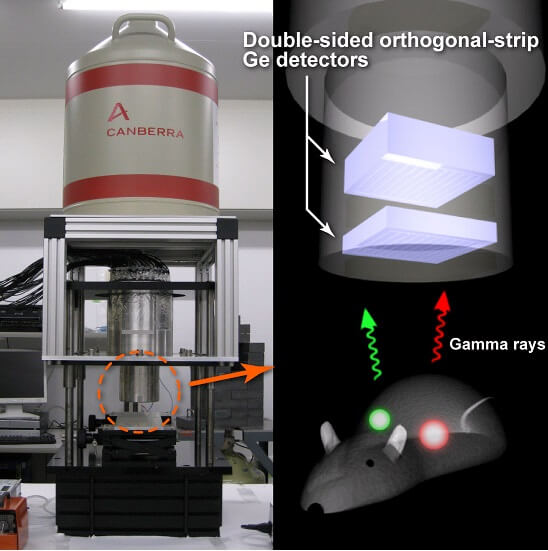Researchers in Japan have developed a new molecular imaging technology that allows them to observe biometals and biomolecules simultaneously in a living mouse. The cutting-edge technology will allow researchers to examine the complex interrelationships between metal elements and different molecules in living organisms.

Metal elements and different molecules react with each other in the body, but observing them together has always been a great challenge. Researchers from the RIKEN Center for Life Sciences Technologies in Japan have developed a new molecular imaging technology that allows them to observe biometals and biomolecules simultaneously in a living mouse. The cutting-edge technology will allow researchers to examine the complex interrelationships between metal elements and different molecules in living organisms.
Metal elements such as zinc, iron and copper are found in minute amounts in the body and play an important role in countless biological processes, including gene expression, signal transmission and metabolic reactions. Abnormalities in the behavior of these elements often reflect abnormalities in the biomolecules associated with them, so examining them together can provide many insights into many biological processes.
It is possible to observe biomolecules in living things using a method known as "positron emission tomography" (PET), a medical imaging technique performed by injecting a substance rich in positrons into the body and imaging the gamma rays emitted from it. Researchers from the RIKEN Center for Life Sciences Technologies in Japan have developed an imaging camera based on gamma radiation capable of detecting the gamma rays emitted by biometallic elements in the body and testing their behavior.
Their second-generation prototype, known as GREI-II and published in the scientific journal the Journal of Analytical Atomic Spectrometry, allows researchers to observe a number of biometals ten times faster than was known in the field, and to do so simultaneously in conjunction with the method of PET. In their study, the scientists were able to observe two radioactive substances injected into a mouse with a cancerous tumor, along with an antibody to treat the tumor labeled with a PET-visible chemical, both inside the body of the living mouse. This innovative and revolutionary method is expected to provide new insights into the interrelationships between biometallic elements and the biomolecules that react with them, and their involvement in diseases such as diabetes and cancer.
